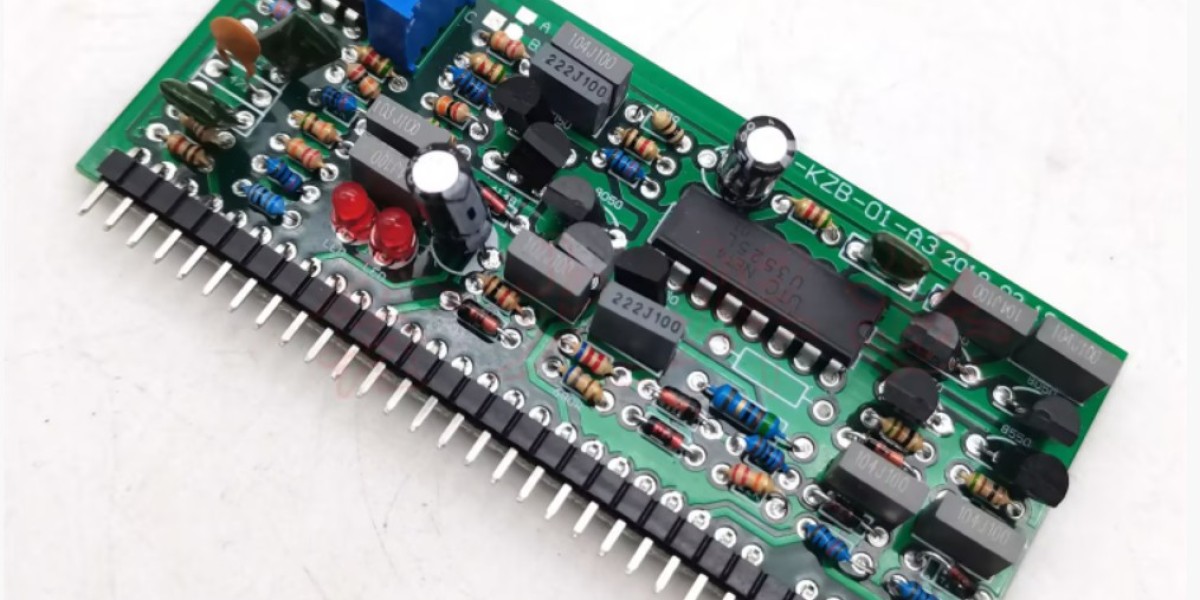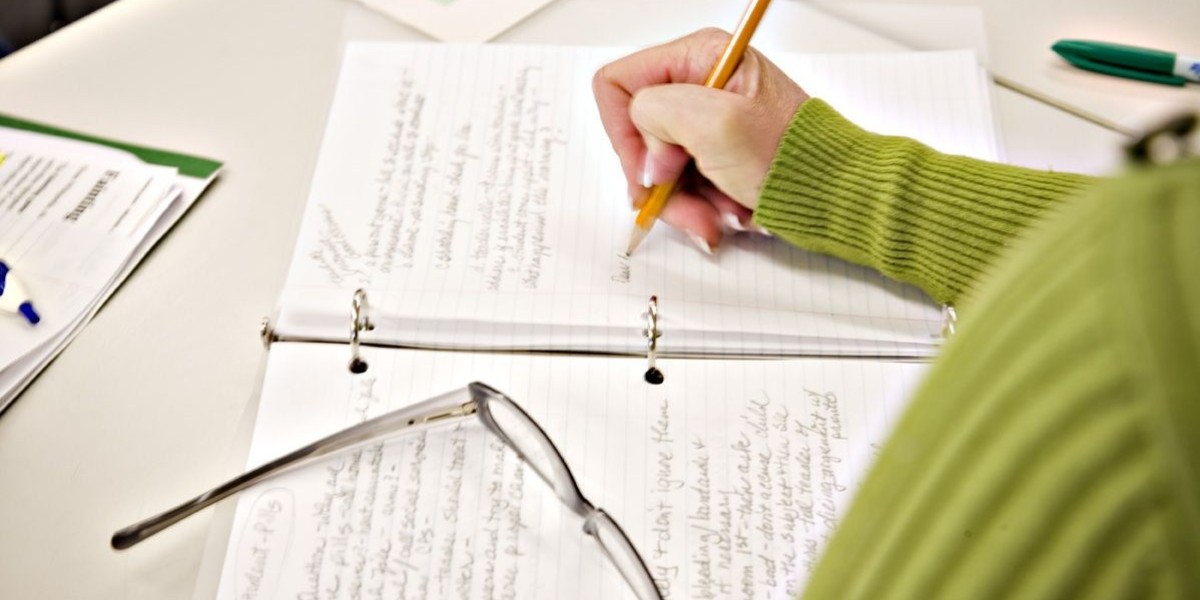Mental health challenges are complex, deeply personal, and often misunderstood. For individuals coping with serious psychiatric conditions like schizophrenia, bipolar disorder, or chronic depression, daily life can feel overwhelming. However, recovery is possible and a Psychiatric Rehabilitation Program (PRP) serves as a powerful bridge between illness and independence. These programs are not merely about treatment; they are about rebuilding lives with purpose, dignity, and hope.
Psychiatric rehabilitation focuses on empowering individuals with the tools, skills, and support needed to function optimally in their community, workplace, and relationships. Let’s explore how PRPs work and why they’re an essential component in the journey toward mental wellness.
1. Person-Centered Care: Recovery Starts with the Individual
At the heart of every effective PRP is a deep respect for the individual. Recovery is not a one-size-fits-all process. Each person comes with their own goals, strengths, and struggles. A psychiatric rehabilitation program begins by evaluating these factors to create a tailored plan that aligns with the individual’s aspirations whether that means living independently, holding a job, or simply building confidence in social situations.
This person-centered approach moves away from the idea of “fixing” someone and toward supporting them in reclaiming control over their own life.
2. Skill Building: Practical Tools for Real Life
One of the most vital elements of a PRP is teaching practical life skills. These include:
Money management and budgeting
Cooking and nutritional planning
Job readiness and vocational training
Social and communication skills
Time management and organization
Skill development helps individuals feel more capable and confident in navigating daily tasks. This self-efficacy reduces dependency, increases autonomy, and boosts self-esteem laying the foundation for long-term recovery.
3. Emotional Support and Counseling
PRPs offer more than just practical training they create a safe space for emotional healing. Group and individual counseling sessions help participants process trauma, manage symptoms, and develop coping strategies. Peer support groups play a particularly powerful role, allowing individuals to share experiences with others who truly understand what they’re going through.
4. Integration with Health and Wellness Goals
Recovery is holistic it includes mental, physical, and emotional health. That’s why many psychiatric rehabilitation programs incorporate wellness components like fitness sessions, yoga, mindfulness training, and nutrition planning. Addressing physical health helps stabilize mood, reduce anxiety, and improve energy levels.
Men in particular may also benefit from integrating specific health tools into their wellness plans. For instance, those experiencing stress-related intimacy issues may explore solutions like Buy Kamagra Jelly a fast-acting oral medication that supports male sexual health. While it doesn’t treat psychiatric conditions, managing all aspects of health, including sexual well-being, contributes to a more balanced and fulfilling recovery journey.
5. Community Reintegration: From Isolation to Inclusion
Many people with chronic psychiatric conditions experience social withdrawal or isolation. PRPs actively work to reverse this by fostering community engagement. Participants are guided to build connections through volunteer work, part-time employment, or community activities.
Reintegration may also include:
Learning public transportation skills
Participating in recreational outings
Joining educational or creative classes
These experiences help individuals feel part of something larger than themselves, which is essential for a sustainable recovery. The shift from feeling like an “outsider” to feeling accepted and involved can be transformative.
6. Ongoing Support and Relapse Prevention
Mental health recovery is not a linear path. There may be setbacks, but PRPs are designed with long-term support in mind. Case managers and mental health professionals remain accessible, providing crisis support, follow-ups, and modifications to the rehabilitation plan when needed.
Programs may also include psychoeducation, teaching individuals and families about early warning signs of relapse and how to address them proactively. This preparation enhances confidence and stability even after a participant exits the formal program.
7. Empowering Families and Caregivers
Families are often deeply affected by a loved one’s mental illness. PRPs involve caregivers through education and counseling, helping them better understand the condition, communicate effectively, and offer constructive support.
When families are informed and emotionally prepared, they become key allies in the recovery process. This holistic approach nurtures the individual’s environment and reinforces the gains made through rehabilitation.
Conclusion: Restoring Hope, One Step at a Time
A psychiatric rehabilitation program is not about quick fixes it’s about equipping individuals with the tools, support, and confidence to take control of their own lives. Through tailored care plans, practical skill-building, community reintegration, and holistic wellness approaches, PRPs help transform lives that were once defined by diagnosis into lives filled with purpose, progress, and hope.




